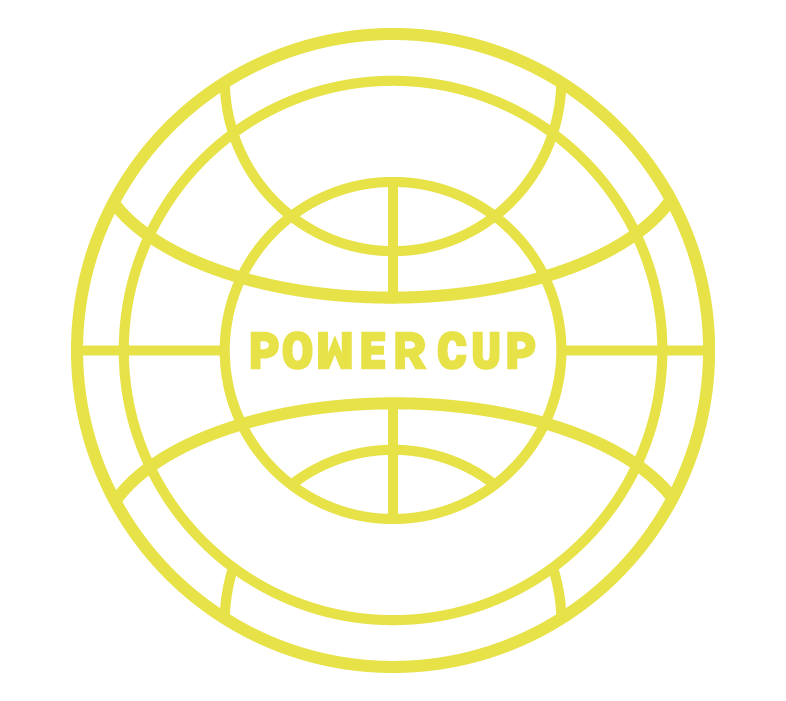RULES D-JUNIORS: SUPER AND SPUR SERIES
Purpose of the game
Volleyball is a team game played by two teams on a playing field divided by the net. The idea is that each team beats the ball over the net in accordance with the rules, trying to make it touch the opponent’s field and prevent the ball from touching their own field.
Playground and equipment
The length of the playing field is approximately 13.4m x 6.1m
the distance of the impact line shall be 2-2,2 m from the center line
the height of the net is 210 cm
the Mikasa V400W mini ball is used as the ball
The course of the game
Teams can be girls ‘, boys’ or mixed teams. Mixed teams enroll in the boys’ lineup. The team consists of at least 4 players.
There are four players on the field at a time, and when the pass comes to that team. the team makes a round so that the player from the 1st position leaves the field, the player from the II position moves to the I position, the player from the III position moves to the II position and the player from the IV position moves to the III position. Player number 5 comes from Substitution IV. On the next starting turn, the turn is done as above and player number 6 comes from position IV to player number 7, etc. If there are at least 5 players in the team, the team must use the turn.
If a team has at least 6 players, the team coach must announce before each round how many player turnovers the team will use in each round. The team is allowed 4 substitutions / draws. The same player may only be replaced once on and off the field during the same period. A player off the field cannot be replaced on the field during a turn.
Tally
In the D-Youth Series, matches are played as two-win games with a 25-point scoreboard. With a 1-1 draw, the third installment is played to 15 points. A 2-point difference without a point ceiling is required for a draw.
Start and receive
D-youngsters follow a starting pass rule, which is also familiar with tennis break games:
Before the game, the team starting the first ball of the first round will be drawn.
From the first starting team (Team A), the player in position 1 makes the first pass.
After one point played, the starting pass goes to the other team (Team B), regardless of which point was won. Team B makes a round swap immediately after the first point played. The same player in Team B enters the second and third innings (whichever team wins the score).
After the third point played, the starting pass is shifted back to Team A, who makes the turn before starting the fourth pass. The same player in Team A enters the next two passes (whichever team wins the score)
In the same way, at the end of the round, that is, after every two points played, the board changes hands to the other team that makes the round before the start of the board.
The second round starts with Team B and the third round starts with the starting team. In the third installment, the starting pass rule works the same as in the first two installments.
In the Power Cup, D-juniors have a free start, meaning players have the opportunity to make a pass from the top. Of course, undercurrent feeding is also allowed. Both D-Juniors Series have mandatory sleeve reception. Sleeve Reception means a two-hand stroke or a one or two hand tiger or twist.
The starting feed is from the entire starting area of the field boundary. Manual start in the lower feed is allowed.
Positioning at start-up receive
Was started from either side of any network I must be II on the player’s past on the rear side. Thus, the 1st place player can continue to be ahead of the 3rd and 4th place players when the opponent starts (naturally, the 1st position player is behind the back). This allows you to practice playing in the back pass, for example. All front players, ie players in position II, position III and position IV, must be placed in the correct order in the net at the start of the inning so that player II is on the right side of player III and is on the right of player IV respectively. The distance to the front players from the net is not defined, meaning that the 3rd place player does not need to be closer to the network than the 2nd and IV place players.
